If you click on a link and make a purchase we may receive a small commission. Read our editorial policy.
60 years ago before The Fantastic Four: First Steps, Galactus arrived in the Marvel Universe and made everything stranger
The creation of Jack Kirby and Stan Lee's Galactus in 1965's Fantastic Four #48 transformed the FF from crimefighters into something far stranger and more memorable

Popverse's top stories
- Is the Supergirl teaser trailer already teasing a Man of Tomorrow connection? Because our Brainiac senses are tingling
- Watch now: Watch as Nickelodeon presents the Avatar: The Last Airbender 20th Anniversary Panel, featuring Dante Basco, Zach Tyler Eisen, Jack De Sena, Mae Whitman, Michaela Jill Murphy, from NYCC 2025
- The Amazing Digital Circus stars Lizzie Freeman, Michael Kovach, and Alex Rochon are coming to Seattle's ECCC 2026
Perhaps the most exciting part about the trailers for Marvel Studios’ upcoming The Fantastic Four: First Steps isn’t finally getting to see a comic book-authentic look for The Thing onscreen after so many failed tries, or even the fan service leaning in to the “It’s clobberin’ time!” catchphrase; it’s finally getting to see a Galactus that looks like Galactus instead of a big cosmic cloud on the big screen at last — and on his 60th birthday, at that.
Indeed, it’s fair to say that without comics’ favorite oversized hungry boy with his big hat (and his surfboard-riding herald, of course), the Fantastic Four wouldn’t be the team that fans have known and loved for the past six decades. In many ways, the original Galactus trilogy is where the Fantastic Four really became the Fantastic Four.
Welcome to Back Pages, our monthly look through comic book history revisiting some of the most important (or more interesting) storylines, characters, and concepts from the past century of funny books. This month: revisiting the three issues of Marvel’s first family that truly made the characters, their comic book, and the entire Marvel Universe fully fantastic.
Galactus transformed the Fantastic Four into challengers of the unknown

By the point where Galactus was introduced in the final pages of 1965’s The Fantastic Four #48, the series had already established itself as one of the most exciting and inventive superhero comics on newsstands. For four years, the combination of Stan Lee’s dialogue and Jack Kirby’s pencils (and plots created in collaboration between the two, although experts disagree to this day who did the lion’s share of the work there) had played with the limits of the superhero genre, introducing everything from hidden tribes of superhumans to Eastern European despots that mixed melodramatic monologues and medieval costuming to great effect.
Seeking to up the ante, Kirby turned to an unlikely source of inspiration for the FF’s next threat. “I had to make sales and come up with characters that were no longer stereotypes,” he explained in the 1987 documentary The Masters of Comic Book Art. “For some reason, I went to the Bible and I came up with Galactus.”
The late Peter David once had an extended gag suggesting Galactus was originally designed with a G on his chest because Kirby intended him to be God — “Don’t count ’em out, Stan. That Ben Grimm, he’s a pretty tough customer,” he had Kirby saying to Stan Lee in the imaginary conversation that ensued — which was closer to the truth than might have been thought at the time. “I certainly couldn't treat him in the same way I could any ordinary mortal,” Kirby explained in The Masters of Comic Book Art. He added that Galactus’s herald, the Silver Surfer was “of course, the fallen angel… They were figures that had never been used before in comics. They were above mythic figures. And, of course, they were the first gods.”
It was one thing for the Fantastic Four to fight costumed crooks, international despots, or even run-of-the-mill mid-century alien invaders. But taking on gods? That was something wholly new for this kind of thing. And that was the point.
Galactus made the Marvel Universe larger, and more unknowable
Kirby and Lee knew that they were on to something special, even bearing in mind the creative hot streak the two were enjoying at the time. The cover to Fantastic Four #48 (released in December 1965) declares “The Coming of Galactus!” as the reader gets to see the FF, the Watcher, and a group of bystanders all looking awestruck at something unseen. The first page of the issue repeats “The Coming of Galactus!” title, adding that the Fantastic Four will ”find wonders without end,” but the big guy himself doesn’t actually appear until the very final panel of the comic — instead, there are ten pages of apocalyptic events (the sky starts to burn!), panicked New Yorkers, and the Silver Surfer showing up to silently signal his master to appear. The entire issue feels chaotic, primal, and unknowable, right up until Galactus shows up to pronounce, “This planet shall sustain me until it has been drained of all elemental life! So speaks Galactus!” If the reader wasn’t thrilled — and maybe a little scared — to find out what happened next, it sure wasn’t for a lack of trying.

The off-kilter feeling continued in the middle chapter, as the team discovered that Galactus barely noticed their existence, shrugging off their powers easily and treating them like insects. “He’s treating us like some sort of bothersome gnats!” Reed Richards marveled, in his helpful expositionary manner. Things were so unexpected, in fact, that the group took a break to take a bath, shave, and have a snack as they planned what to do next. The best they could manage, it seemed, was to temporarily disrupt Galactus’s plans by damaging his technology while the Human Torch was sent on a cosmic errand by the Watcher, betraying his solemn vow to only observe at a time before that became commonplace. Tradition was upended everywhere, whether it was the lack of a villain vanquished by either force or superior morality, or simply the rhythm of a superhero comic book from the period, as Lee and Kirby broke new ground with good humor and seeming ease.
The final installment continued to play with expectations. “The fabulous Fantastic Four become a part of ‘The Startling Saga of the Silver Surfer!’” declares the opening page of Fantastic Four #50, and that’s exactly what happens: the FF turn out to be almost incidental to the end of the story, as the Silver Surfer — inspired by the Thing’s girlfriend and newly eager to save humanity from destruction — turns on Galactus and distracts him long enough for the Human Torch to return from his errand with a weapon from “the other side of the universe […] through infinity!!” The weapon, the Ultimate Nullifier, is used to essentially force Galactus to leave Earth, not because he’s defeated, but because he grew too bored to keep going. “I grow weary! The prize is not worth the battle!” he announces, before retreating from Earth after stripping the Silver Surfer of his ability to travel through space.
As a whole, the Galactus trilogy remains a wondrous piece of storytelling that changes the scope and scale of the Fantastic Four and the Marvel Universe; suddenly, there were forces in the universe that even Reed Richards couldn’t fully comprehend, and that our heroes couldn’t stand up to. While the initial appeal of the FF was that they were superheroes who acted more like real people than the staid Justice League of competitor DC’s publishing output, the Galactus trilogy was an indicator that the ‘world outside your window’ approach of Marvel Comics was just one part of a larger picture, and that the potential of the Marvel Universe was far more than anyone — arguably even its creators — had previously imagined.
Galactus onscreen looking like his comic book self? The gift that keeps giving

When Galactus shows up onscreen in The Fantastic Four: First Steps, it won’t be the first time the character has made it into movies — except that, it kind of will. A Galactus was part of 2007’s Fantastic Four: Rise of the Silver Surfer, but that version bore no resemblance to his comic book inspiration: it was a cloud of cosmic menace that lacked any of the disorienting grandeur of the original.
Seeing a comic book faithful version of Galactus on the big screen might seem goofy to those unprepared, but that almost feels like it’s part of the essential appeal of the character as he first appeared: something nonsensical, almost even beyond reason or common sense. It’s a statement of intent by Marvel Studios to commit to the imagination of one of its core creative forces, and a recognition of the importance of that first Galactus storyline to establishing the Fantastic Four as a home to the unknown, the unthinkable, and the unexpected. It might be happening in the same year that the character celebrates his 60th anniversary, but really, it’s the fans who get the gift this time around.
Keep up to date on Popverse's Marvel coverage, with these highlights:
- The MCU needs Anya Taylor-Joy's Magik in it (and not just for the X-Men connection)
- How Disney+'s What If...? is the moonshot for the next 50 years of Marvel Studios & the MCU
- Marvel Studios has accidentally created a new Phase that predates Phases 1 - 6: the MCU Phase Zero
- Overgrown children of the atom: Marvel's X-Men can't evolve past their '90s commercial peak
- The biggest outstanding questions of the Marvel Studios' movies & TV shows
- Donald Trump is the landlord for Marvel's House of Ideas
- Marvel Studios swapping out Doctor Doom for Kang offers the chance to jettison the Multiverse Saga
- What Marvel Studios boss Kevin Feige is saying (and not saying) about the MCU X-Men franchise says a lot about the future of the Mutant Saga
- If Marvel is going to bring Loki back for Secret Wars, it's time to give him an upgrade
- In 2021, Sony's boss said people won't miss Spider-Man in its Spider-adjacent movie. Turns out, they do.
Follow Popverse for upcoming event coverage and news
Find out how we conduct our review by reading our review policy
Let Popverse be your tour guide through the wilderness of pop culture
Sign in and let us help you find your new favorite thing.
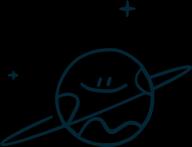

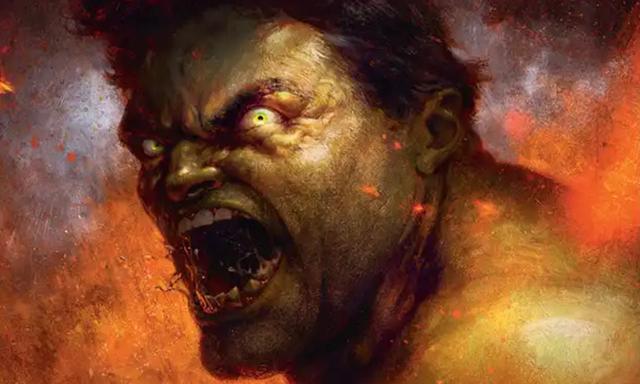
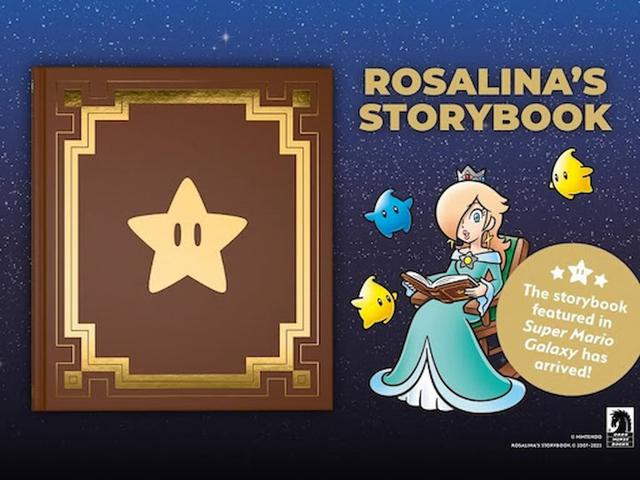
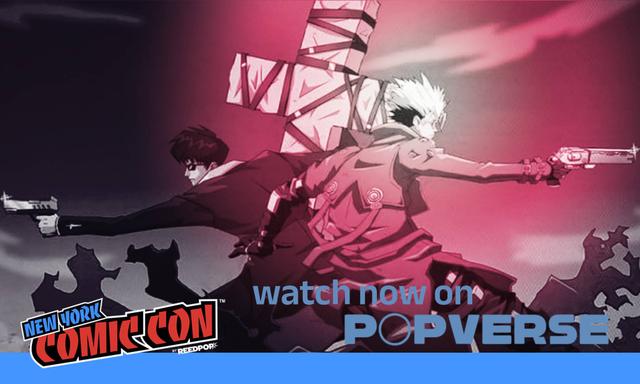
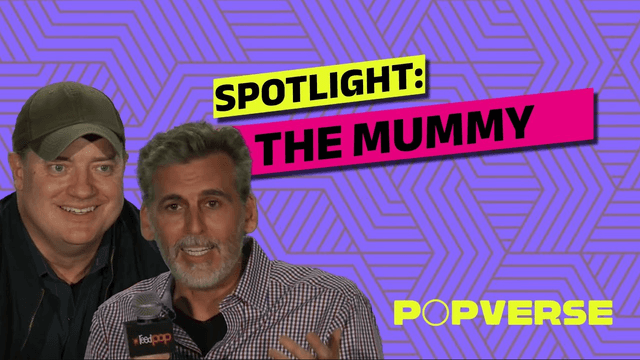

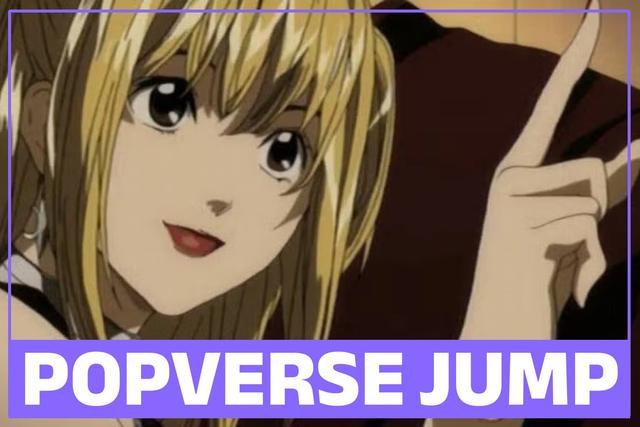
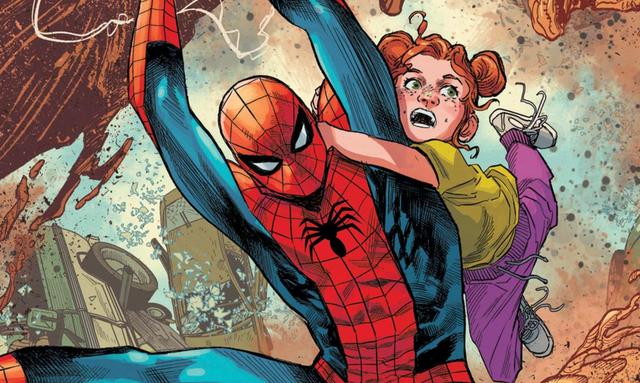
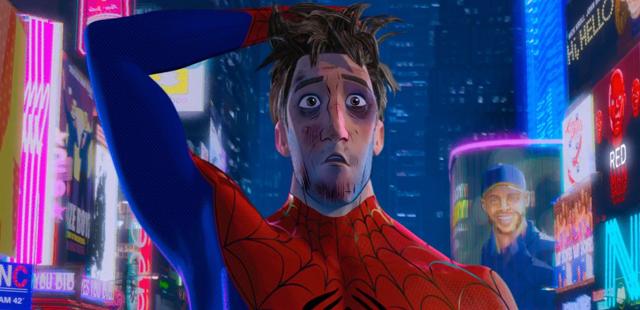






Comments
Want to join the discussion? Please activate your account first.
Visit Reedpop ID if you need to resend the confirmation email.